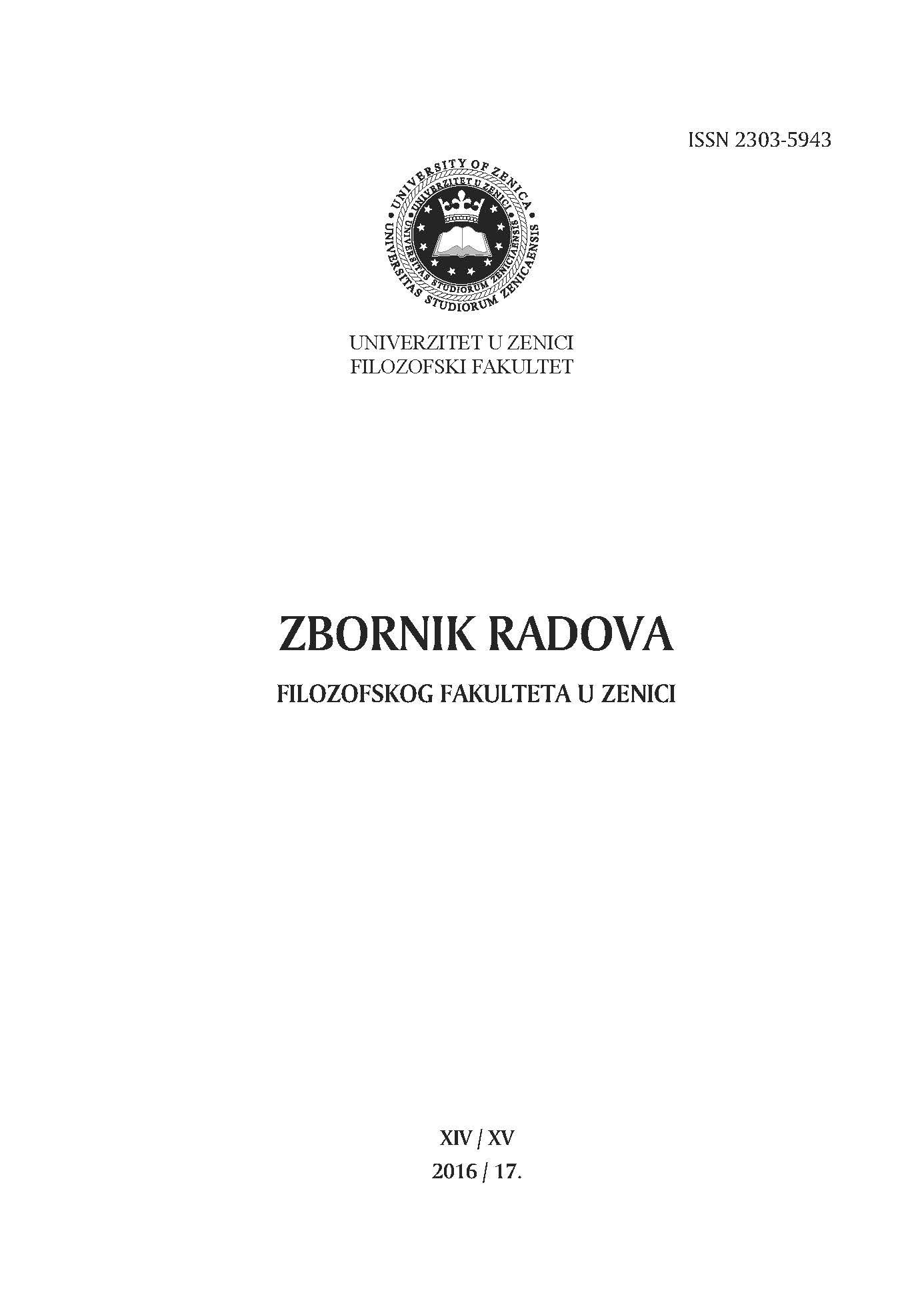NEGATIVNI TRANSFER IZ STRANOG U MATERNJI JEZIK: ANALIZA STUDENTSKIH PREVODA
L2 CROSS-LINGUISTIC INFLUENCE ON L1: A CASE STUDY OF STUDENT'S TRANSLATION ASSIGNMENTS
Author(s): Goran Grubešić, Nadira AljovićSubject(s): Language and Literature Studies, Foreign languages learning, Translation Studies
Published by: Filozofski fakultet, Univerzitet u Zenici
Keywords: cross-linguistic influence; negative transfer; naive translation equivalent; L1; L2
Summary/Abstract: Most language transfer studies focus on the influence that L1 may have on the comprehension and production of L2. When such influence inhibits L2 production, it has been often referred to as interference or negative transfer (see Isurin 2005 among others). The present study is a report on a pilot survey with the aim of investigating whether cross-linguistic influence (CLI) or language transfer occurs when L2 is rendered into L1, i.e. to what extent L2 can influence production of L1. Fifteen translations from English into Bosnian / Croatian / Serbian were examined (approx. 10500 words), done by 15 University of Zenica advanced (MA) students of English. The zero hypothesis was that the students’ foreign language (English) would have certain influence on native language production and create instances of “language deviations from the norm” (see Weinreich 1966) in the students’ native language (BCS), e.g. translating “visiting” in “The visiting Evlija Čelebi summarized (…)” as “gostujući” (appearing within “Gostujući Evlija Čelebija sažeo je(…)”). The primary objective has been to determine the linguistic categories in which instances of transfer occur, borrowing the taxonomy from Jarvis and Pavlenko (2008). The classification would serve as a starting point for the analysis of translations of a larger number of English texts, whereby it would be possible to identify those instances of lexical items, syntactic structures, morphological forms, etc. in the source language which are the most frequent triggers of language transfer in the target language. The translations can prove a fertile ground for such research. According to Hatim and Munday (2004) “translated language in general displays specific characteristics, known as universals of translation”, including the “law of interference – common ST lexical and syntactic patterns tend to be copied creating unusual patterns in TT”. In order to achieve the objective, the present study has two practical goals: the first is to find out which linguistic category/ies is/are most represented in the instances of transfer, and the other is to establish the ratio of negative transfer errors in all translation errors on the basis of a minute inspection of two individual translations.
Journal: Zbornik radova Filozofskog fakulteta
- Issue Year: 2017
- Issue No: XIV/XV
- Page Range: 117-132
- Page Count: 16
- Language: English

